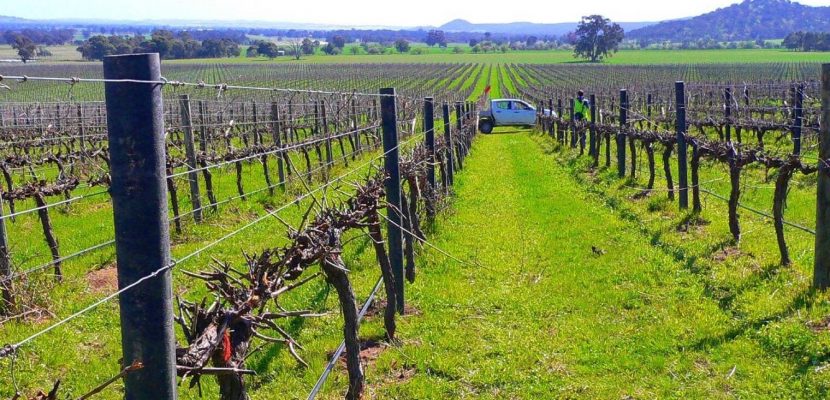Farm Fencing In Australia [The Complete Guide]
Australia is famous for having wide-open spaces, farms, and landscapes. Having such a wide-open piece of land requires complete protection from external dangers. One of the best ways to do this is by installing farm fences on the property. Farm fences offer protection to livestock and those living inside the house from the outside world. The protective barrier keeps domestic animals inside and protects crops on the farm.
Farm fences are available in a wide variety of shapes and sizes with differing security levels. Regardless of the choice, these protective barriers offer you peace of mind and ensure the safety of your livestock and family.
What Are The Different Types of Farm Fencing Designs?
Different farm fencing designs and materials offer an appealing look to the area while protecting your livestock and family. Some traditional forms of fencing include:
- Wood farm fencing
- Deer farm fencing
- Metal farm fencing
- Electric fencing
However, while there are a number of benefits these kinds of fencing have to offer, there are also a large number of detriments that come with these more traditional forms of fencing too. For example, wood is prone to rotting and termite damage over time, metal fencing can rust, and its sharp edges can prove dangerous to both livestock and people.
Read Out:- 8 Things You Probably Didn’t Know About Recycling
Enter Plasmar
Made from 100% recycled plastic and CSIRO tested for durability, Plasmar fence posts offer a sustainable new choice in the fencing market. Plasmar posts are not susceptible to rotting or degradation, won’t rust or decay and proudly repurpose materials that otherwise would’ve ended up in landfill into an innovative, non-toxic, non-reactive and environmentally friendly solution.
When it comes to the cost of Plasmar compared to other forms of fencing, remember to account for any ongoing maintenance or replacement costs that timber fences will need over the years. Plasmar fences, in comparison, are proven to last for over 50 years and, being hard-wearing plastic, won’t rot or decay in the same way.
In fact, Plasmar recycled fence posts can be used in the same way as timber posts can, and be cut, nailed, screwed or bolted into, as well as stapled and glued. Plasmar posts can be used in association with a diverse variety of wire and electric fencing to ensure a secure enclosure for property boundaries and livestock, or with complimentary products from the Plasmar range (such as sleepers), depending on your property’s location and needs.
For a sustainable, long term fencing solution for your property and livelihood, consider Plasmar. If you’d like to know more about the product range, call our team today on (02) 9838 7346!






